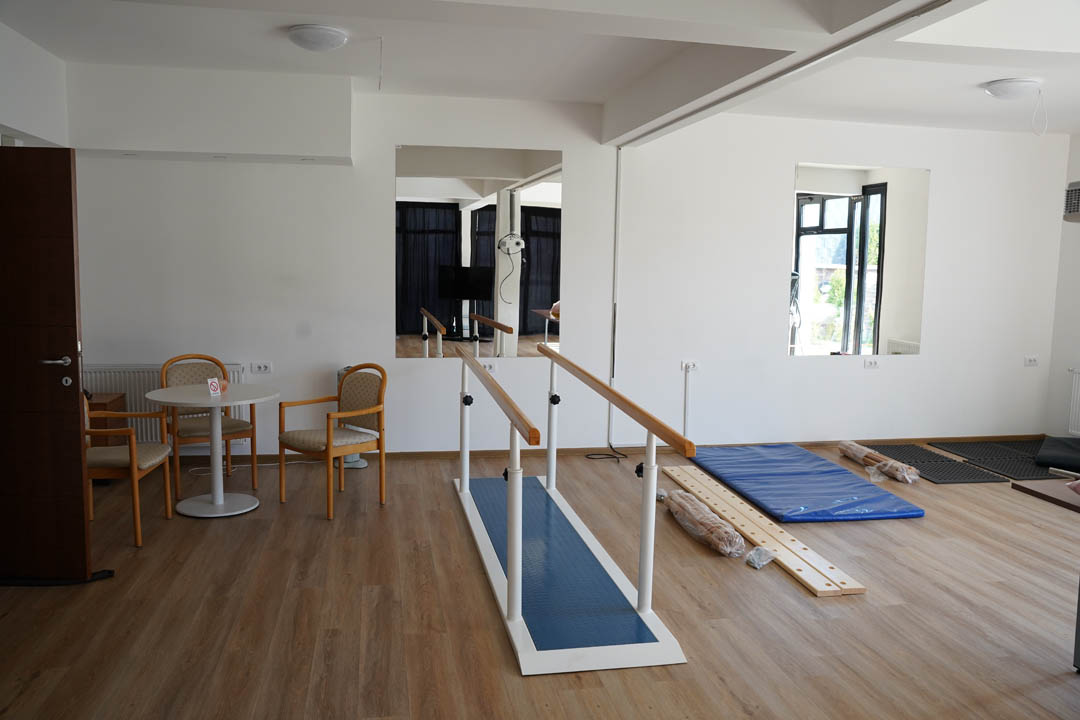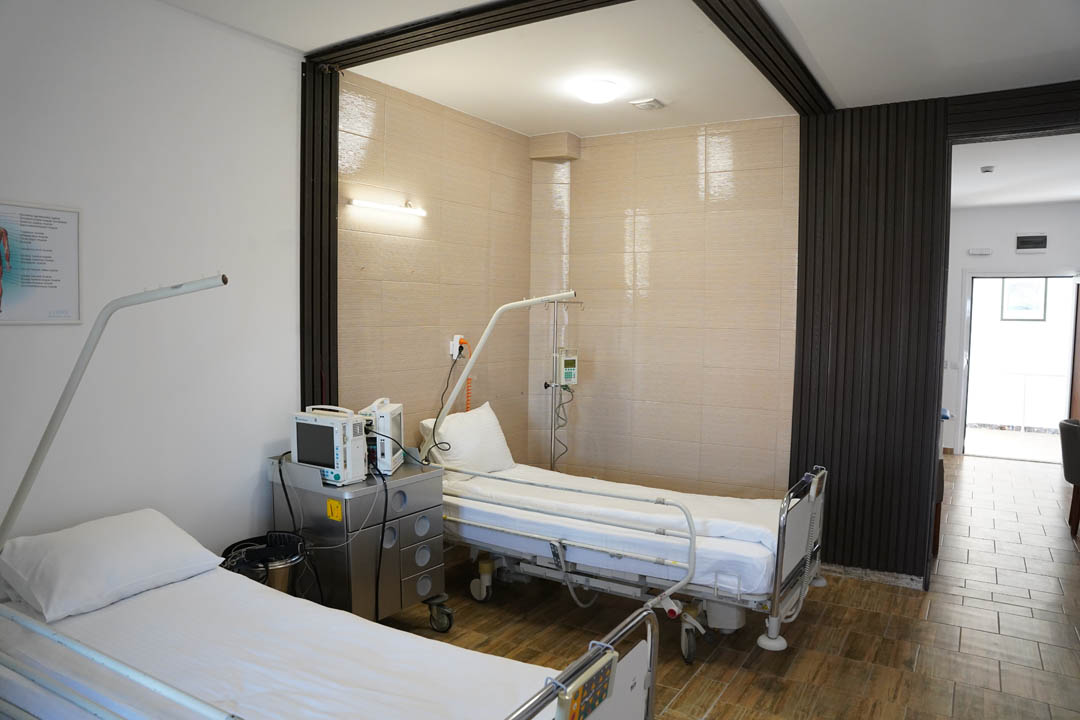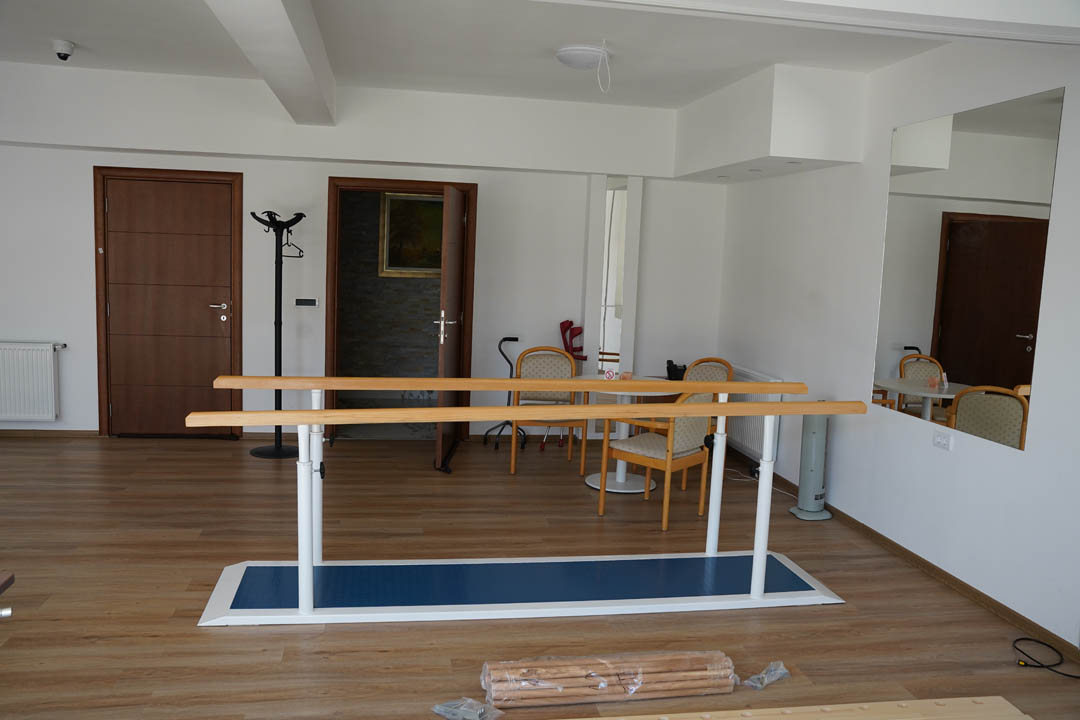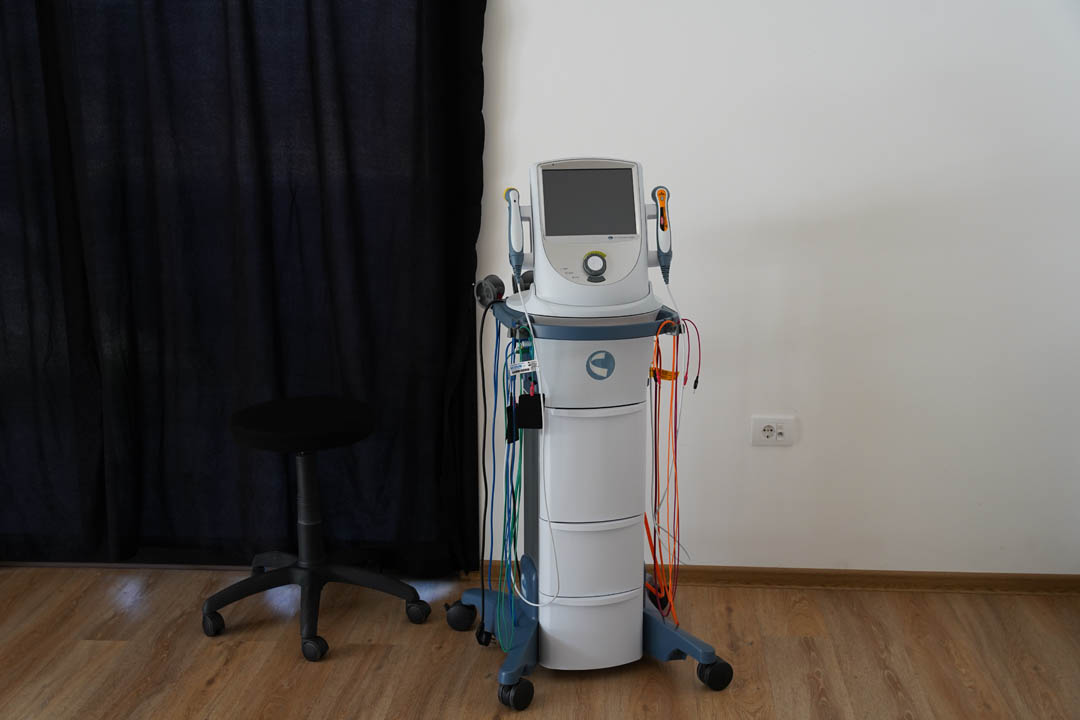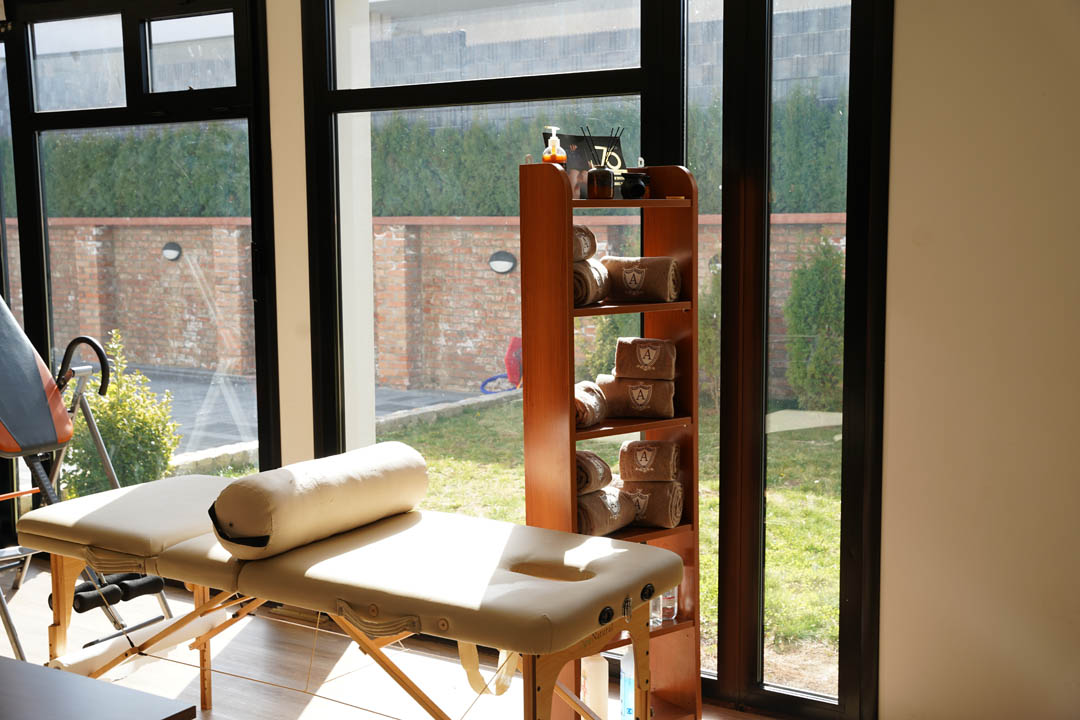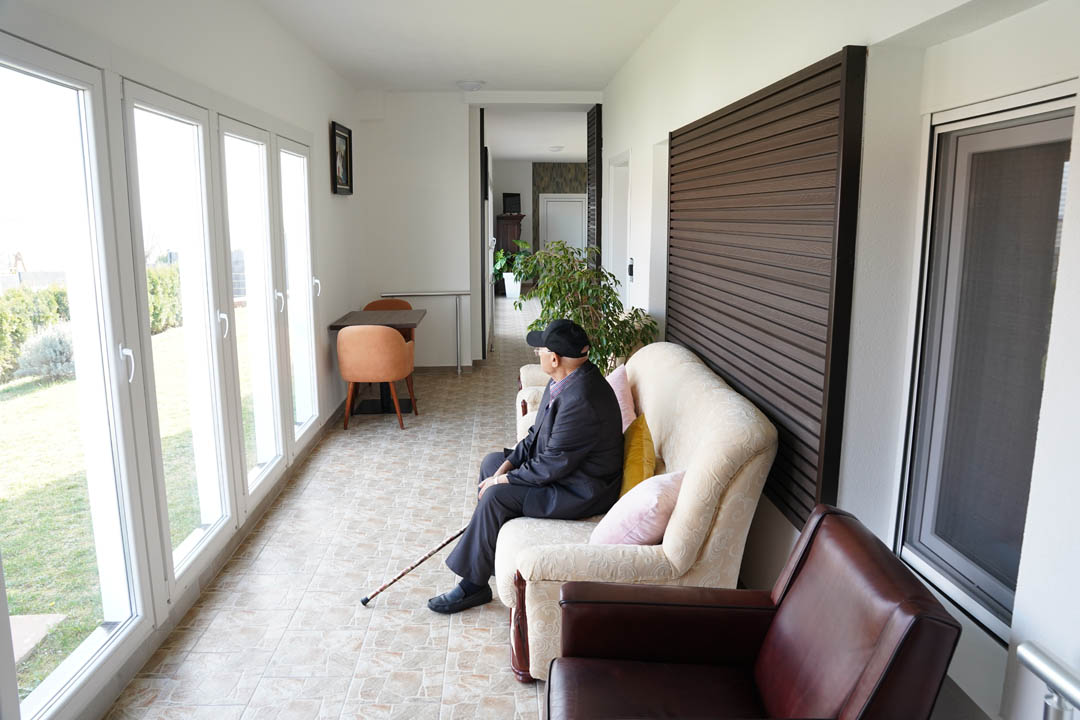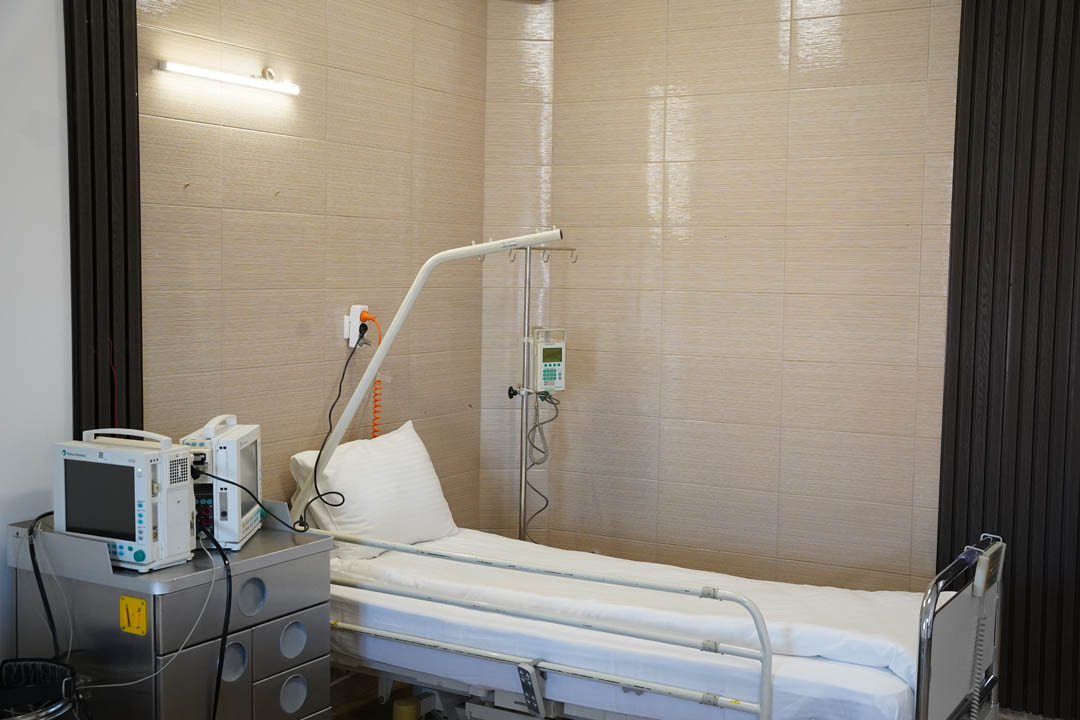Benefits of Ultrasound Therapy
When you’re dealing with pain, inflammation, or limited movement, it’s essential for the therapy to be effective yet gentle on your body.
Ultrasound therapy provides precisely that—effective relief without discomfort or pressure.
Ultrasound therapy:
- Relieves pain and reduces inflammation.
- Improves blood flow and stimulates natural tissue regeneration.
- Accelerates healing after injuries and surgeries.
- Relaxes tense and cramped muscles.
- Helps swelling disappear faster.
- Does not burden the body; the therapy is quiet, gentle, and targeted.
Due to these advantages, ultrasound therapy often represents the first step towards easier movement, better overall comfort, and quicker return to daily activities.
Most Common Regions Treated with Ultrasound
Ultrasound therapy is applied to various body parts depending on symptoms, type of injury, or recovery phase. Certain regions are treated more frequently due to exposure to strain, limited mobility, or frequent inflammation.
Below, we highlight the most common areas treated with ultrasound therapy.
1. Ultrasound Therapy for the Shoulder
The shoulder joint is one of the most mobile yet sensitive areas of the body. Due to its structure and constant use, it’s particularly prone to inflammation, tendon injuries, and calcifications. Ultrasound therapy is frequently applied to address shoulder pain, tendinitis, frozen shoulder syndrome, and the presence of calcifications.
The treatment is painless and precise, which is especially important for patients with sensitivity or limited range of motion. Ultrasound treatment facilitates movement, reduces stiffness, and accelerates shoulder recovery without additional strain.
2. Ultrasound Therapy for the Knee
The knees are subjected daily to various stresses, whether through walking, sitting, exercising, or working. This often leads to pain, swelling, or damage to joint and soft tissue structures. Ultrasound therapy is used for conditions such as tendon inflammations, bursitis, meniscus injuries, and postoperative recovery.
This therapy enables addressing the issue without applying pressure directly to the joint, which is particularly important for individuals with chronic pain or those in the early stages of recovery. With regular treatments, patients achieve improved functionality and easier restoration of mobility.
3. Ultrasound Therapy for the Lower Back (Lumbar Region)
The lumbar region is frequently the site of pain, tension, and tightness, whether due to prolonged sitting, physical exertion, or degenerative changes. Back pain can result from inflammation, muscle spasms, or disc problems, making ultrasound therapy ideal when these areas are overly sensitive to touch.
Ultrasound reduces tension, improves local circulation, and alleviates symptoms without requiring direct pressure on the painful spot. The treatment is gentle, and effects are felt as gradual relief and improved mobility in everyday activities.
Is Ultrasound Therapy Painful and Does It Have Side Effects?
Ultrasound therapy is a gentle and non-invasive method and is generally completely painless. During the treatment, patients do not feel the sound waves nor experience discomfort. The entire procedure is quiet and calm, making this therapy suitable even for those with heightened sensitivity.
As with any therapeutic procedure, ultrasound therapy is applied after prior assessment by a physiotherapist to avoid contraindications. Side effects are rare and mild; temporary redness of the skin or a sensation of warmth may occur immediately following treatment but typically passes quickly. With proper application and professional supervision, ultrasound therapy is considered a safe and well-tolerated therapeutic method.
Experience and Practice in the Application of Ultrasound Therapy
Ultrasound therapy has become an important part of daily practice at Rehab Senior Center, where it’s used for patients of various ages and conditions—from those with minor discomforts to those recovering from more serious injuries or surgical interventions. Through working with individuals facing pain, limited mobility, or anxiety about therapy, this method has proven not only effective but also highly accepted.
Treatments take place in a pleasant, calming environment, with attentive care for each patient, from the initial assessment to monitoring ongoing progress.
Ultrasound therapy is often introduced as the first step in the rehabilitation process precisely because it provides security and does not create additional pressure. Simultaneously, it serves as a complementary treatment in more advanced recovery phases, aiming for a full return of functionality and easier, pain-free movement.
Ultrasound Therapy Pricing
At Rehab Senior Center, the cost of ultrasound therapy is determined based on the type of condition, duration of treatment, and individualized plans tailored to each patient’s needs.
Therapy is usually administered in series, following prior evaluation and consultation with the physiotherapist guiding the recovery process.
For more details on pricing, available appointment times, and professional advice, please visit our Contact page, where you can find scheduling information.
Depending on specific needs, ultrasound therapy is often combined with other methods available at our center, such as physical therapy, kinesiotherapy, magnetic therapy, electrotherapy, hydrotherapy, contrast hydrotherapy (hot-cold baths), massage, and group exercises.
This ensures a comprehensive, carefully guided, and effective path to recovery, customized individually for each patient.





